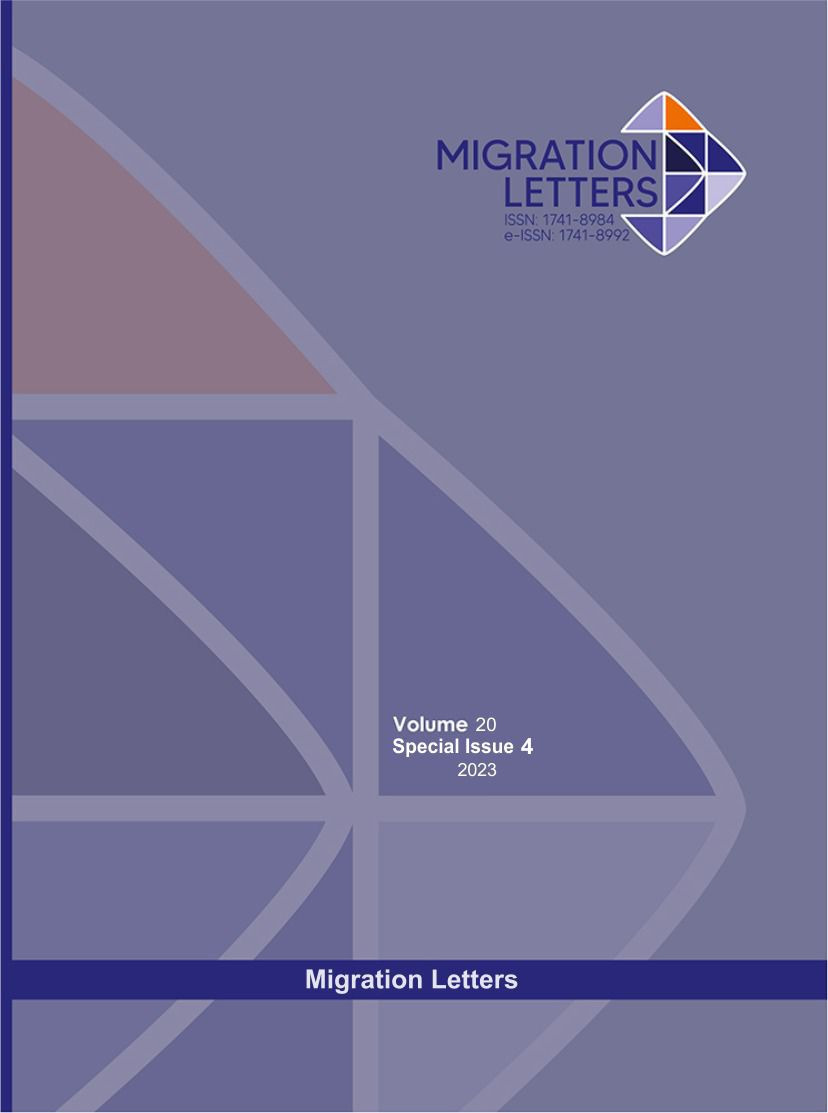Development and Elucidation of a System Dynamics Approach for Modeling National Production Growth
DOI:
https://doi.org/10.59670/ml.v20iS4.3862Abstract
This study seeks to develop and explicate a system dynamics model for national production growth. The validation of a simulated model and the evaluation of a designed model's structure and behavior were carried out. University experts familiar with the research topic were selected through snowball sampling for the qualitative phase. The quantitative sample included senior managers, supervisors, production managers, and sales managers from active companies in Yazd, obtained through convenience sampling. Thematic coding using MAXQDA software was employed for qualitative data analysis, while Vensim software was used with a 95% confidence level for the quantitative analysis. The research findings demonstrate that economic, technological, social, environmental, cultural, and political indicators significantly influence national production growth within the system dynamics framework. Furthermore, the simulation of the designed model reveals the most influential factors in specific production indicators: production quality improvement (dynamic coefficient: 0.933) for technological production, knowledge-based production culture improvement (dynamic coefficient: 0.931) for cultural production, production leap policies (dynamic coefficient: 0.884) for political production, employment rate improvement (dynamic coefficient: 0.862) for economic production, social welfare enhancement (dynamic coefficient: 0.847) for social production, and green supply chain management (dynamic coefficient: 0.816) for environmental production.
Metrics
Downloads
Published
How to Cite
Issue
Section
License

This work is licensed under a Creative Commons Attribution-NonCommercial-NoDerivatives 4.0 International License.
CC Attribution-NonCommercial-NoDerivatives 4.0






